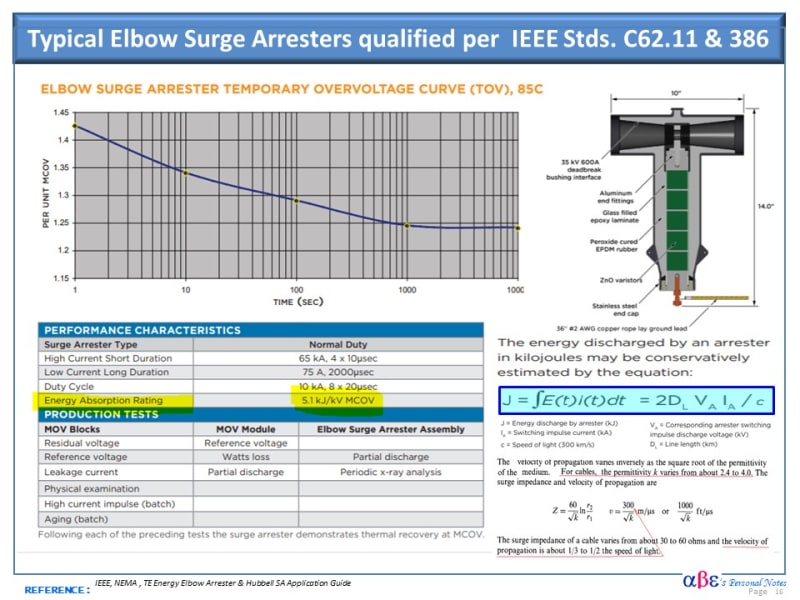Amex12
Electrical
- Sep 29, 2020
- 18
I have a project involving a sub transmission line with wind turbines interconnected. Surge arresters are all along the pole line and at the base of each turbine in the switchgear with the same sizing. For some reason, the last turbine at the end of the line keeps blowing its arrester at the basement switchgear. Any reason this could be happening? It is almost exploding and leaving burnt marks. The area is prone to a lot of storms.
Thanks in advance!
Thanks in advance!

